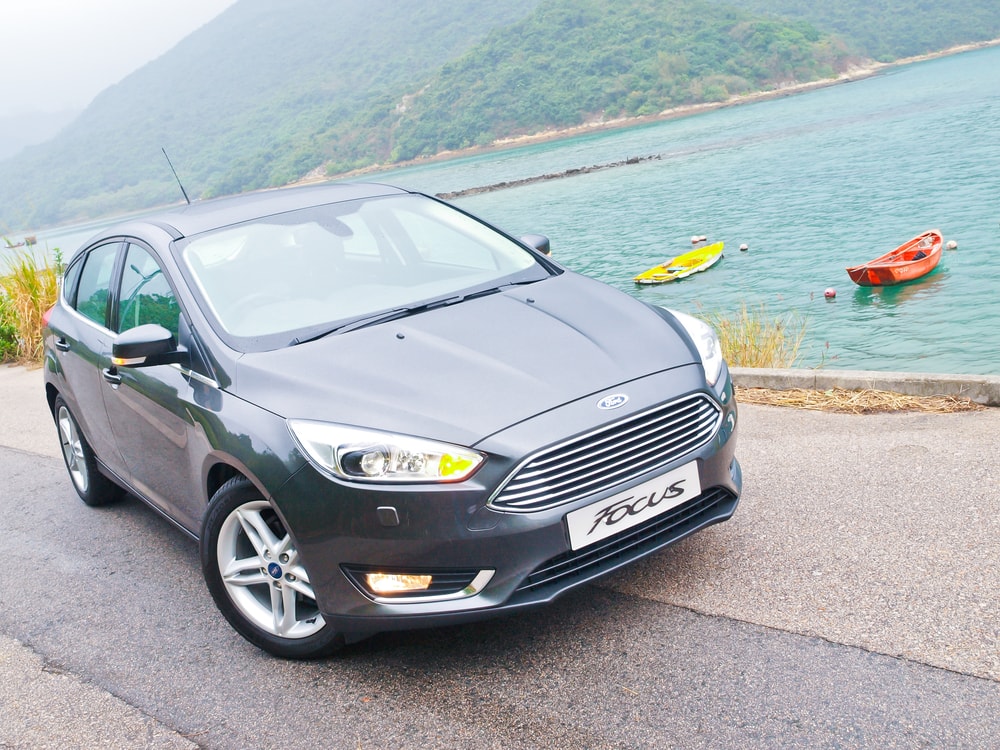The production of one of Ford’s most popular cars, the Ford Focus, will be halted for roughly one year amid a shaky sales period for small American cars. In order to cut cost and improve sales in the long run, Ford will temporarily stop making the Focus at its Michigan plant and instead will prepare for a large-scale move to China, one that is expected to save the company almost $1 Billion.
Ford had previously stated that they expect to move to a brand new plant in Mexico, which would cost them an additional $500 Million, but have now decided that China is a more sensible move. The Focus is a global car that will not require a new plant in order to produce. Rather, a makeover of an existing plant will be sufficient in making it the Focus’s new production headquarters.
 After the shutdown next year, the next Focus will be a 2020 model produced in China. This break in production gives Ford the opportunity to master the design and quality of the Focus, and theoretically bring sales of the car back up to a profitable point. Some of these improvements are expected to include more interior space, newer technologies, and a slightly longer and wider car.
After the shutdown next year, the next Focus will be a 2020 model produced in China. This break in production gives Ford the opportunity to master the design and quality of the Focus, and theoretically bring sales of the car back up to a profitable point. Some of these improvements are expected to include more interior space, newer technologies, and a slightly longer and wider car.
The White House has publicly stated its displeasure with Ford beginning to outsource some of its vehicles. President Trump has constantly pushed for Ford in particular to remain fully American, and a move to China would trigger more of a response than to any other country. The bright side, though, is that Ford promises to not lay off any U.S. hourly workers.
Looking at Ford’s recent history in China, it is possible that the longtime American company could ultimately make the transition to a Chinese headquarters. While Ford sales in the United States have struggled to keep pace, sales in China have boomed year after year, with a peak of 1.27 million vehicles sold in 2016.
Following the change of plans, there was a significant backlash in Mexico, where Ford originally intended to move its production. After building a $1.6 Billion plant in the central state of San Luis Potosi, the country of Mexico was anticipating a substantial boost in their automotive industry. This shift in plans is likely directly related to a change in Ford’s leadership. Former CEO Mark Fields was fully prepared to start producing in Mexico, but new CEO Jim Hackett has completely changed the plan.
 A worrisome trend for Ford is the continuing decline in sales of similarly priced vehicles in China. Hyundai, Kia, Citroen, and GM have all experienced difficulty making their cars popular among China’s population, which has instead shown a preference towards more prestigious and luxurious brands. Jeep, Lincoln, and Tesla, among others, have all improved their annual sales steadily in China. Hackett must realize that in order to compete with those higher-end companies, Ford must drastically improve the quality of the Focus so that it can be perceived as sign of social status. This has proven to be the driving force of car sales in China.
A worrisome trend for Ford is the continuing decline in sales of similarly priced vehicles in China. Hyundai, Kia, Citroen, and GM have all experienced difficulty making their cars popular among China’s population, which has instead shown a preference towards more prestigious and luxurious brands. Jeep, Lincoln, and Tesla, among others, have all improved their annual sales steadily in China. Hackett must realize that in order to compete with those higher-end companies, Ford must drastically improve the quality of the Focus so that it can be perceived as sign of social status. This has proven to be the driving force of car sales in China.
It remains to be seen if Ford’s move to China will be as successful or impactful as the company expects. It is possible that the transition will bring the Focus back to prominence as one of the world’s most popular vehicles, especially as it improves in quality. Ford’s promise to keep all American jobs seems unrealistic, but if it can make good on that promise, there is no reason for Ford to hold back on their plan to move locations to stimulate car sales.

